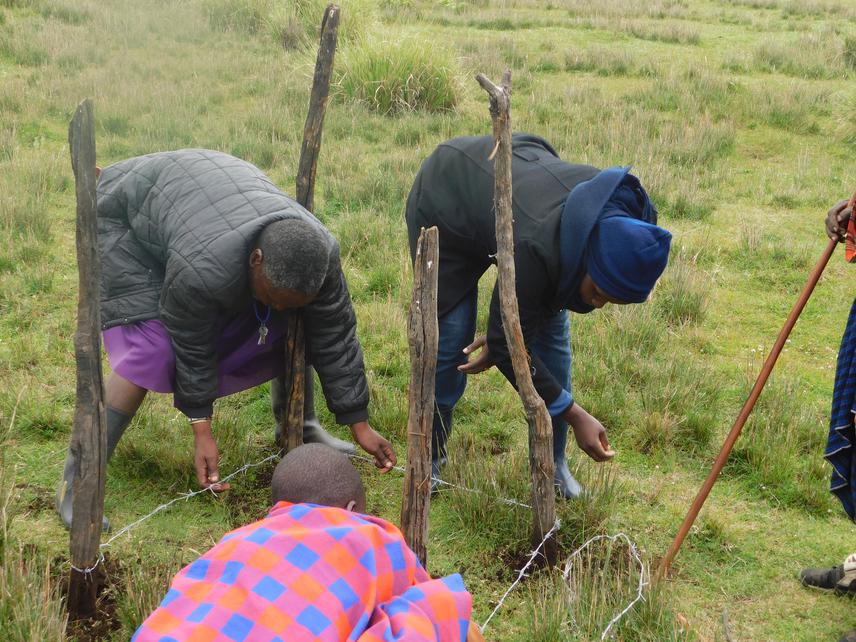Angelamercy Baltazary
Studying the effect of grazing frequency on grass regrowth will help development of a livestock grazing management plan, which is urgently needed in NCA. It will further investigate whether livestock comprise an essential part in the ecosystem by decreasing wildlife vigilance behavior.
As overgrazing by livestock is a large problem across eastern Africa, knowing the impact livestock grazing has on the vegetation as well as on wildlife communities will help to improve both wildlife and livestock production and wellbeing in NCA, where humans and wildlife have lived together for centuries.
Overall outcome
i. Baseline data will be collected to develop a proper Livestock Grazing Management Plan.
ii. Wildlife habitat enhancement and forage production in NCA will be assessed by identifying an optimal grazing frequency.
ii. Livelihoods of pastoralists will be enhanced.
iii. Awareness will be raised among pastoralists on the importance of their livestock for ecosystem wellbeing.

Moveable cages construction together with villagers.
Wildlife livestock interaction is a complex phenomenon that results into competition for grazing areas and water (Prins, 2000; Atickem & Loe, 2013; Ogutu et al., 2016). However, pastoralists whose main goal is to maximize livestock production often see wild herbivores as direct competitors, yet, wild and domestic herbivores depends on the same grazing resources, thus need to be properly managed to ensure they coexist in a sustainable and profitable manner, because the spatial foraging decisions by herbivores are strongly influenced by dietary preferences, which result in suppression of preferred species when grazing pressure is high.
In eastern Africa Livestock herds are increasing in numbers, particularly in Tanzania. Ngorongoro Conservation Area (NCA) hosts an increasing number of pastoralists and their livestock while also being protected and encompassing a rich fauna and flora biodiversity. In the face of increasing human population growth (URT, 2012) and migratory corridors being blocked livestock herds are expected to increasingly graze directly adjacent to protected areas. However, high cattle grazing pressure may result in bush-encroachment and nutrient losses which may results on reducing pasture quality. In other hand, grazing livestock can also have positive effects on rangeland ecosystems.
However, there is limited information known about the positive effects of livestock grazing on wildlife species. Particularly, no study has tested whether wildlife is less vigilant when being amongst livestock. Further, only a few studies have assessed under which densities/grazing frequencies livestock grazing can stimulate grass regrowth, thereby making grass more attractive to wildlife species. Therefore, this study aims at quantifying positive effects of livestock grazing on wildlife vigilance behavior and forage availability in Ngorongoro rangelands, Tanzania.